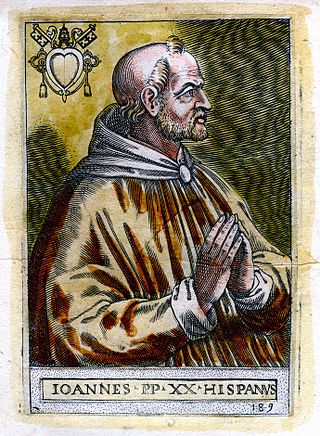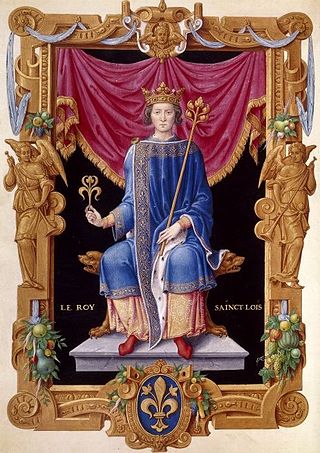
Year 1282 (MCCLXXXII) was a common year starting on Thursday of the Julian calendar.
The 1300s was a decade of the Julian Calendar that began on 1 January 1300 and ended on 31 December 1309.

Year 1284 (MCCLXXXIV) was a leap year starting on Saturday of the Julian calendar.

Year 1277 (MCCLXXVII) was a common year starting on Friday of the Julian calendar.
The 1270s is the decade starting January 1, 1270, and ending December 31, 1279.
The 1280s is the decade starting January 1, 1280 and ending December 31, 1289.
The 1290s was a decade of the Julian Calendar which began on January 1, 1290, and ended on December 31, 1299.

Year 1309 (MCCCIX) was a common year starting on Wednesday of the Julian calendar.

Year 1292 (MCCXCII) was a leap year starting on Tuesday of the Julian calendar.

Year 1291 (MCCXCI) was a common year starting on Monday of the Julian calendar.

Year 1276 (MCCLXXVI) was a leap year starting on Wednesday of the Julian calendar.

Year 1286 (MCCLXXXVI) was a common year starting on Tuesday of the Julian calendar.

Year 1269 (MCCLXIX) was a common year starting on Tuesday of the Julian calendar.

Year 1279 A.D (MCCLXXIX) was a common year starting on Sunday of the Julian calendar.

Year 1283 (MCCLXXXIII) was a common year starting on Friday of the Julian calendar.

Year 1287 (MCCLXXXVII) was a common year starting on Wednesday of the Julian calendar.
Nasr, full name Abu al-Juyush Nasr ibn Muhammad, was the fourth Nasrid ruler of the Emirate of Granada from 14 March 1309 until his abdication on 8 February 1314. He was the son of Muhammad II al-Faqih and Shams al-Duha. He ascended the throne after his brother Muhammad III was dethroned in a palace revolution. At the time of his accession, Granada faced a three-front war against Castile, Aragon and the Marinid Sultanate, triggered by his predecessor's foreign policy. He made peace with the Marinids in September 1309, ceding to them the African port of Ceuta, which had already been captured, as well as Algeciras and Ronda in Europe. Granada lost Gibraltar to a Castilian siege in September, but successfully defended Algeciras until it was given to the Marinids, who continued its defense until the siege was abandoned in January 1310. James II of Aragon sued for peace after Granadan defenders defeated the Aragonese siege of Almería in December 1309, withdrawing his forces and leaving the Emirate's territories by January. In the ensuing treaty, Nasr agreed to pay tributes and indemnities to Ferdinand IV of Castile and yield some border towns in exchange for seven years of peace.
Abu Yusuf Yaqub ibn Abd al-Haqq was a Marinid ruler of Morocco. He was the fourth son of Marinid founder Abd al-Haqq, and succeeded his brother Abu Yahya in 1258. He died in 1286. He was the son of Abd al-Haqq I and Oum el-Iman bint Ali el-Bethary, a Zenata woman. Some sources add her mother to be known as Oum el Youm and a daughter of a Zenata clan leader of the Tafersit region.

Nuño González I de Lara, nicknamed el Bueno, was a Castilian nobleman, royal counsellor and military leader. He was the head of the House of Lara and a close personal friend of Alfonso X. The king's policies often stymied his efforts to increase the power and wealth of his house, and in 1272 he led many prominent noblemen into open rebellion. Restored to favour the next year, he died defending the castle of Écija from a Moroccan invasion.













